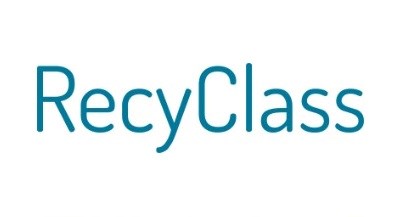Ineos Styrolution’s Recycled Eco ABS Grades Get RecyClass Certification
Certification of company’s Terluran Eco MR and Novodur Eco MR ABS grades confirms the PCR origin of the waste used in production of the respective products.
Ineos Styrolution’s mechanically recycled Eco grades have received RecyClass certification. The Recycled Plastics Traceability certification, which is valid for Terluran Eco MR as well as Novodur Eco MR grades, confirms the post-consumer recycle (PCR) origin of the waste used in the production of the respective products.

The newly-obtained RecyClass certification now “guarantees the origins and traceability of recycled material and uses the percentage-based recycled content calculation approach that is verified throughout the entire value chain. This is ensured via the Chain of Custody ISO 22095 as well as the Recycled Plastics EN 15353:2006 standards, on which the certification is based. The transparency of the scheme is additionally warranted via the system of third-party certification audits.The certification confirms the post-consumer origin of the waste used in the Terluran ECO MR and Novodur ECO MR materials, and:
▪ Facilitates traceability of recycled materials along the value chain.
▪ Promotes transparent use of recycled plastic in new products.
▪ Reinforces reliable and verifiable claims on recycled plastic.
The company’s portfolio of sustainable "Eco" materials includes Terluran Eco GP-22 MR50 and MR70, two commercially available ABS grades incorporating 50% and 70% recycled content, respectively. Both grades reportedly offer performance on the same level as virgin material, thereby offering a drop-in solution for existing ABS applications.
Novodur specialty ABS materials come in various colors. As such, the Novodur Eco MR products also are available in black and in various colors. A product for self-coloring is available as well. Mechanically recycled Novodur material is available with a 30% to 70% PCR content. The individual grades reportedly come with a significant product carbon footprint (PCF) reduction of up to 57%.
Related Content
-
Tracing the History of Polymeric Materials, Part 26: High-Performance Thermoplastics
The majority of the polymers that today we rely on for outstanding performance — such as polysulfone, polyethersulfone, polyphenylsulfone and PPS — were introduced in the period between 1965 and 1985. Here’s how they entered your toolbox of engineering of materials.
-
Prices of Volume Resins Generally Flat or Lower
Exceptions in early March were PP and PS, which moved up solely due to feedstock constraints, along with slight upward movement in PVC and PET.
-
ICIS Launches: Ask ICIS Generative AI Commodities Assistant
Said to be the first of its kind, this AI assistant will enhance access to ICIS’ intelligence and insights for the energy and chemical markets.
















